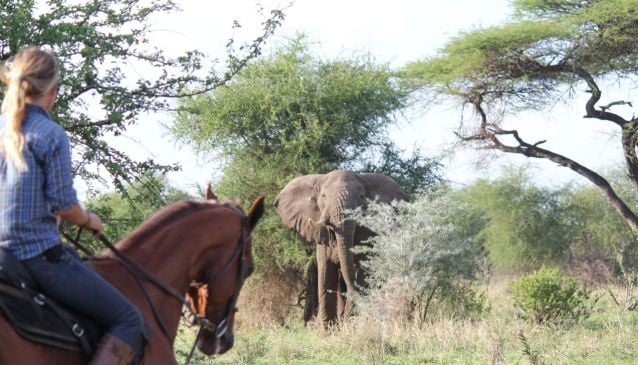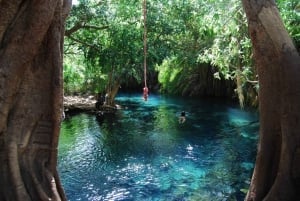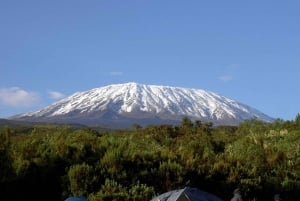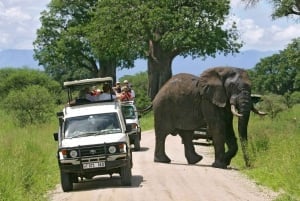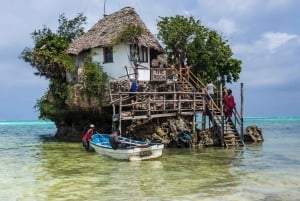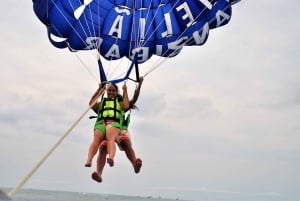In the Saddle; the True Way to Explore Tanzania
The journey will bring you in contact with the grace of the animal as well as its free spirit
Book Top Experiences and Tours in Tanzania:
If youʻre booking your trip to Tanzania last minute, we have you covered. Below are some of the top tours and experiences!- Maasai village visit and chemka hot-springs with hot lunch
- Dar es Salaam: City Tour
- Moshi: Chemka Hot Springs
- Zanzibar: Swimming with Dolphins and Snorkeling Private Tour
- Mount Kilimanjaro National Park Day Trip
A horse is incomparable to any other form of transport - it is alive and it is wild and yet the horse remains humble enough to carry a man upon its’ back. Using the keen senses and agility of a horse there is no better way than a Horseback Safari to explore the extraordinary beauty and wildness of the African landscape.
Cave paintings found in France leave no doubt that during the Stone Ages horses were a prime food of source for human settlers. However this relationship with horses changed over time and the first evidence of mounted horses was found in 3000 year old Tibetan rock carvings, in the Himalayan Mountains of North West India. For the people at that time who were used to herding cattle, taming a horse would have been a much greater challenge. Horses are far faster than other livestock and would have been undoubtedly far more cautious of humans than they are today. Yet persistence paid off with success.

Today horses are well equipped to safely carry humans on safari as they are constantly alert and far more aware of their surroundings than the people themselves. The horse senses - their smell, hearing and vision are far more superior then those of a human. The equine specimen is lateral-eyed and has larger eyes than any other land living mammal, giving the horse a range of more than 350° eye vision. As they used to be animals of prey, they are still well equipped to defend themselves against predators that may be encountered in the wild. As well as this the horse has immeasurable strength and is your safeguard while on safari, you will guide him with your intelligence and together you can accomplish a richness that neither can do alone. On a safari in Tanzania, the journey will bring you in contact with beauty and grace of the animal as well as natural free spirit. These are hard to achieve in the modern world.

As a result of this, during a Horseback Safari, riders are kept safe by the horses own defensive nature, but the horses’ behaviour and reactions also increases the chance of having a successful safari. The horse is more likely to detect the presence of other creatures than humans could ever imagine. If the horses’ ears are pricked be alert to this as it is very likely that he has seen something. Being aware of these elements will ensure that a horse safari will be more exciting and everyone stands a much greater chance of seeing the wildlife that the African bush has to offer. This is not only big animals but the smaller creatures that humans struggle to see; a tiny mouse running across the horse’s hooves that humans would overlook.

In comparison to many of its neighboring countries is still very remote and some areas are unexplored both by vehicle and horseback. To cross open savannahs where curious giraffes and suspicious elephants roam, the horse has an advantage over a vehicle. This is as the animals will be less scared of a strange looking zebra and rider. In addition both humans and the animals can see, hear and smell their surroundings without the noise and smell of a diesel engine.
Slowly the pace of the horse will increase and before you know it you are galloping alongside a herd of wildebeest. This is what makes the horse and the rider a perfect team out in the elements, where both used to roam wild. The days go by and suddenly the end of the safari in Africa unfortunately means the end of a companionship as well.


